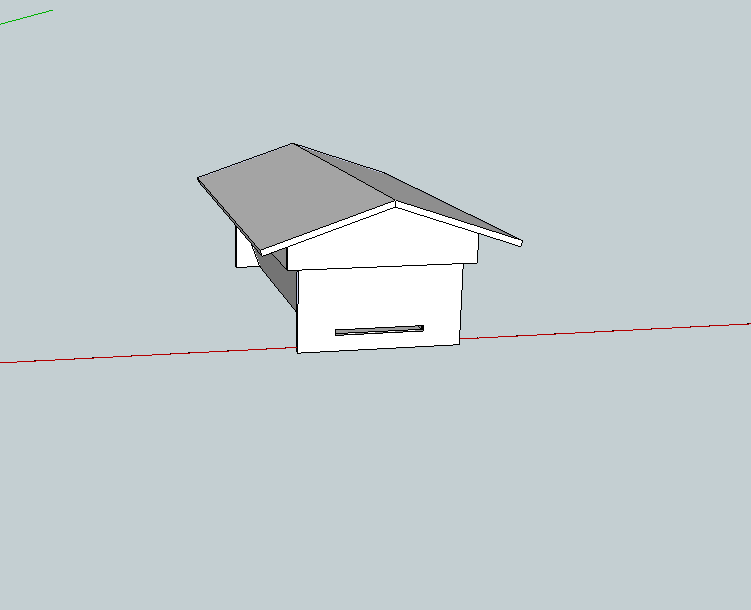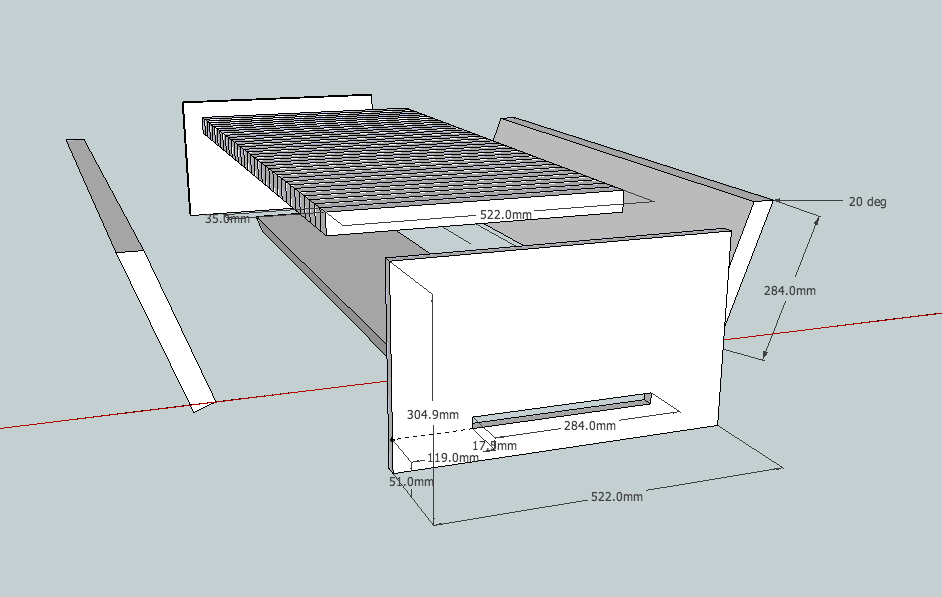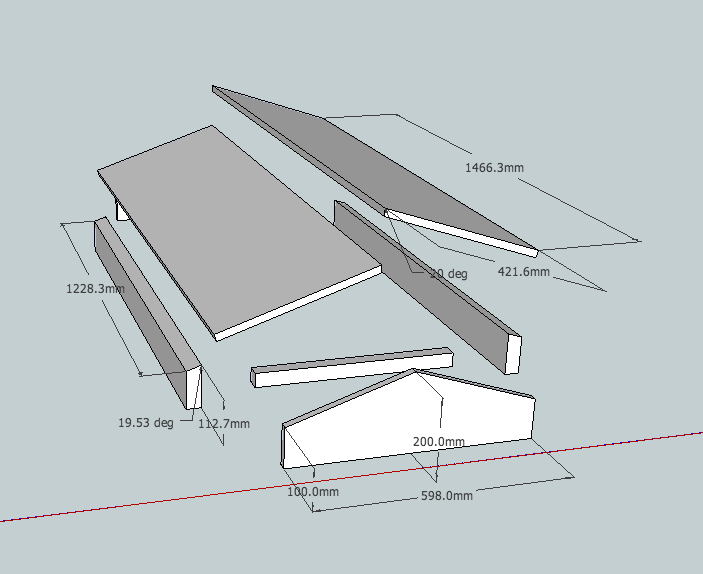The converter
https://ben.akrin.com/ipv6_mac_address_to_link_local_converter/?mode=api&mac=52:74:f2:b1:a8:7f
for all your API needs.
The math
Link-local IPv6 addresses are used as part of the IPv6 network auto-configuration process. Instead of getting an address via DHCP, a NIC will hop on the network with a link-local IPv6 address and with this will have to ability to do further configuration automatically (soliciting neighbors, router, et cetera).
This link-local IPv6 is infered from the NIC’s mac address.
A mac address is 48 bits, an IPv6 address is 128 bits. Here’s the conversion process step by step:
- take the mac address: for example 52:74:f2:b1:a8:7f
- throw ff:fe in the middle: 52:74:f2:ff:fe:b1:a8:7f
- reformat to IPv6 notation 5274:f2ff:feb1:a87f
- convert the first octet from hexadecimal to binary: 52 -> 01010010
- invert the bit at index 6 (counting from 0): 01010010 -> 01010000
- convert octet back to hexadecimal: 01010000 -> 50
- replace first octet with newly calculated one: 5074:f2ff:feb1:a87f
- prepend the link-local prefix: fe80::5074:f2ff:feb1:a87f
- done!
Going the other way
A converter to do the same operation in reverse is available here.
Comments
There have been a few interesting comments on this post, I encourage you to read them if you want to learn more about this mechanism. Specifically:



